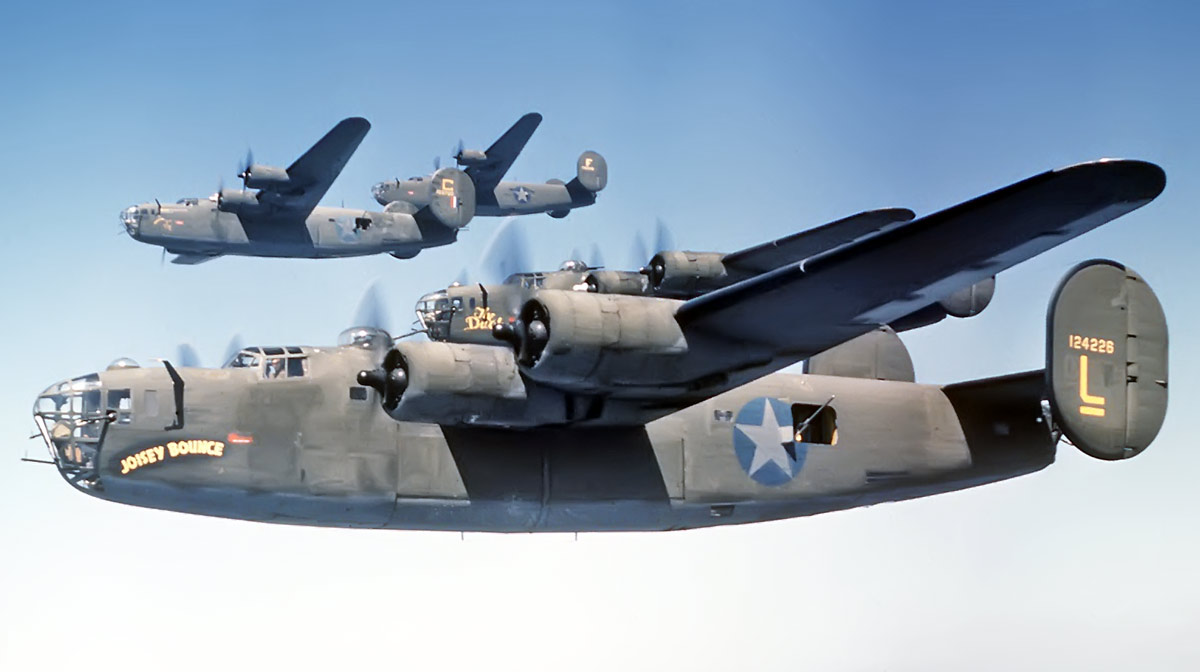


The plane turned over, pinning Hopson underneath. By then, his landing gear and lower wings had harvested about 75 bushels of corn. An air pocket dropped the plane almost to the ground before Hopson regained control. In 1925, he flew into a severe storm near Anita, Iowa. But, wrote Hopson, they “are the only suitable ships for mountains in all weather.”įor most of his career, Hopson flew the Omaha-Chicago leg of the transcontinental route. Although considered reliable, DH-4Bs tended to stall, and their high landing speeds made them difficult to land in short fields. Its front cockpit, transformed into a cargo hold, could carry about 500 pounds of mail, and the plane cruised at 95–100 mph. Like many airmail pilots, Hopson flew the British-designed De Haviland (DH-4B) biplane. Hopson flew 413,034 miles, more than all but two of the service’s 44 pilots, logging 4,043 hours in the air. He trained at Hempstead, Long Island, and won a pilot’s incentive contest sponsored by Otto Praeger, the Second Assistant Postmaster General. Hopson had 741 hours of flight time when he became an airmail pilot on April 14, 1920. "Enclosed please find photo of bum pilot … When finished with picture just post in cellar, it’s guaranteed to keep away all rats, mice and other vermin." Submitting a photo to the Post Office Department’s Airmail Service in the early 1920s, he wrote: Hopson was less than impressed with photographs of himself.


 0 kommentar(er)
0 kommentar(er)
